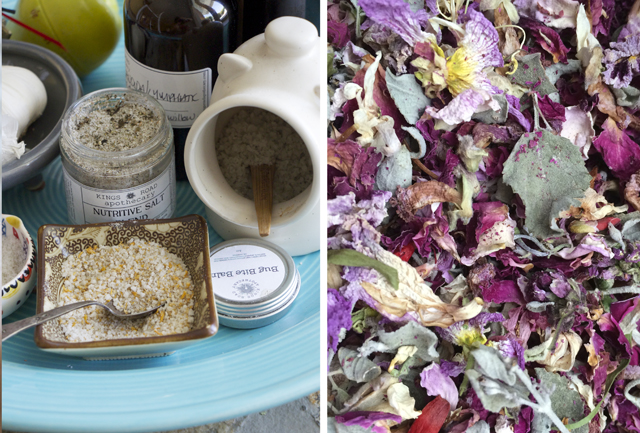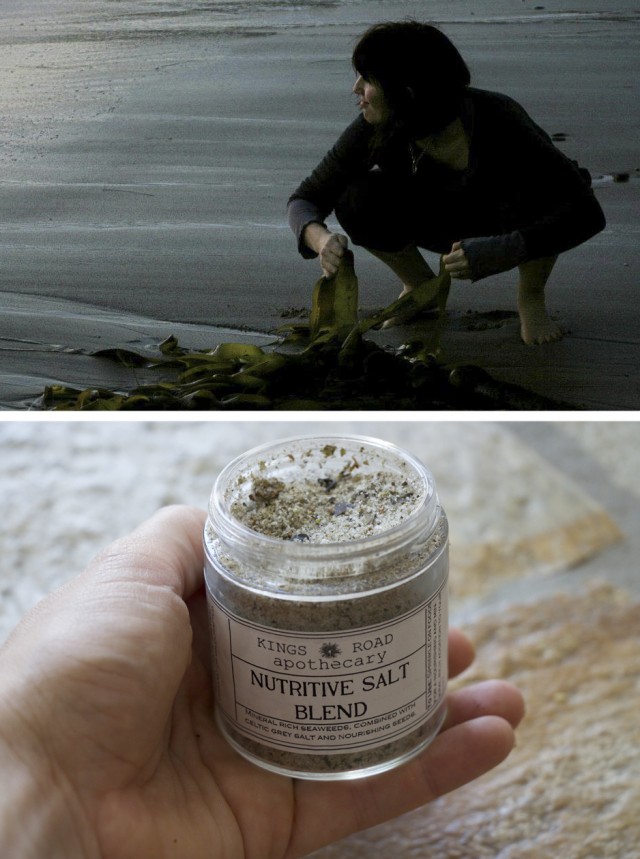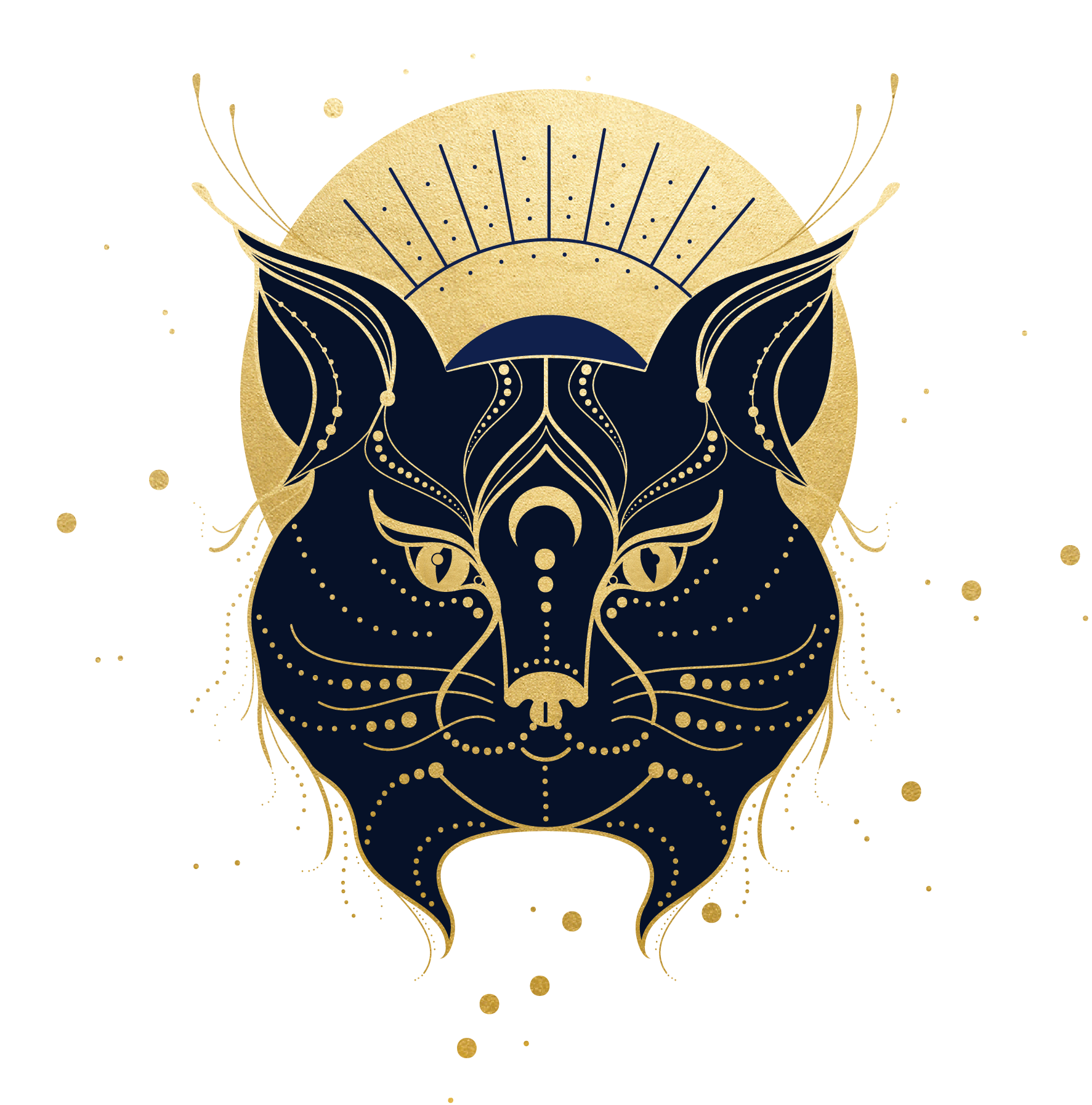Connection.
(on connection, immersion, being an artist regardless of medium, and salt)
“Who is the person that you call an artist? A man who is momentarily creative? To me he is not an artist. The man who merely at rare moments has this creative impulse and expresses that creativeness through perfection of technique, surely you would not call him an artist. To me, the true artist is one who lives completely, harmoniously, who does not divide his art from living, whose very life is that expression, whether it be a picture, music, or his behaviour; who has not divorced his expression on a canvas or in music or in stone from his daily conduct, daily living. That demands the highest intelligence, highest harmony. To me the true artist is the man who has that harmony. He may express it on canvas, or he may talk, or he may paint; or he may not express it at all, he may feel it. But all this demands that exquisite poise, that intensity of awareness, and therefore his expression is not divorced from the daily continuity of living.” -- Jiddu Krishnamurti
 Herbalism, to me is just another form of art. A design starts with a few general ideas and solidifies into something solid and perfect and a formula starts as the same thing. Each design, each piece of art, each product, each formula is a message, and each message starts out as a series of separate things that in combination become something different entirely. When it all fits into place, I feel a *click* and for a brief second all is right in the world, until the cycle starts again.
Herbalism, to me is just another form of art. A design starts with a few general ideas and solidifies into something solid and perfect and a formula starts as the same thing. Each design, each piece of art, each product, each formula is a message, and each message starts out as a series of separate things that in combination become something different entirely. When it all fits into place, I feel a *click* and for a brief second all is right in the world, until the cycle starts again.
I remember the moment distinctly, when my medium switched from pen and ink to plant matter. I was standing in the kitchen of my house in palm desert. I’d just dried some desert lavender and had put it in a jar. The light was bright white and it was spring, and so the windows and doors were all open. There was a breeze coming through the house and on it was the scent of lemon blossoms as it is for a brief period every spring. Standing there in the kitchen, I had this thought: I want a wall that’s covered in these jars of herbs I’ve gathered, and I want to know how to use them. It was a simple thought, but it was one that changed my life.
When it comes to herbalism and wildcrafting (or actually, life as a whole), I think people are often looking for immersion and connection. Its what I was looking for. I wanted to be intimately connected to the world around me. To understand its cycles, not in a cerebral way like someone who studies it as one would study a butterfly pinned to a table, but to understand it in my body. To not know where I ended and the world around me began. To be a part of my ecosystem, to know the plants and animals around me and how the cycles of life and nature moved. To have a place in the world. I’d been dabbling in herbs and nutrition before that, working in a health food store, gathering the odd plant that I knew to play with, but I started learning the plants around me in earnest, watching them, gathering them, learning from my own experiences.
There’s no quick way to it, as far as I can tell. No one course that teaches everything, or a magic potion or pill. Immersion and connection is a lifelong process, as its a relationship with a place and with the tools you’re using. As with any relationship, it requires attention, time and effort. But there are things that help. Incorporating herbs and gathered things into daily life is much easier if you do things that make it work for you, and that’s not necessarily what you think it *should* be. I’m not a daily nourishing infusion person, for example, as much as I wanted to be. I tried for a couple of weeks; it turned me off nettles for years (you still couldn’t pay me to drink a nettle infusion). For the most part my daily herbal drink involves freshly roasted coffee, with tons of cream. Does that make me a terrible herbalist? Nope, I’m just not an infusion person (for the most part). But I love cooking, and love playing with new flavours. I might not do infusions but I have a cupboard full of herbal infused honeys and vinegars, and spice blends made from things that I gather in different places. I have a jar of dried cactus buds, and another full of bay leaves gathered along the coast, and other jars labeled things like ‘Herbes De Californie’ and ‘desert blend’ and ‘bee balm meat sauce blend’. And this salt.
 This salt is my way to remember to take milk thistle and seaweed daily. Milk thistle grows most places as an invasive weed, and you can gather the seed pods in the summer, then spend an excruciating few days getting the seeds out. I won’t lie: its a pain in the ass. But its worth it*. Its one of the best liver supporting herbs out there, nourishing and supporting liver function. Seaweed**, the other main ingredient, is unbelievably rich in minerals, offering thyroid support through its high levels of iodine and selenium. Plus, it tastes good, and its another way to use herbs daily without having to remember to take a tincture or make an infusion.
This salt is my way to remember to take milk thistle and seaweed daily. Milk thistle grows most places as an invasive weed, and you can gather the seed pods in the summer, then spend an excruciating few days getting the seeds out. I won’t lie: its a pain in the ass. But its worth it*. Its one of the best liver supporting herbs out there, nourishing and supporting liver function. Seaweed**, the other main ingredient, is unbelievably rich in minerals, offering thyroid support through its high levels of iodine and selenium. Plus, it tastes good, and its another way to use herbs daily without having to remember to take a tincture or make an infusion.
Nutritive Salt Blend
1 part milk thistle seeds, ground 1 part kelp, ground 1/2 part alaria or sea lettuce, ground 1/4 part bladderwrack, ground 3 parts sea salt
Instructions: So easy! Mix it all up and put it somewhere you'll remember to use it.
*Should you deem it not worth it you can totally order milk thistle seeds online. ** Some sources: BC Kelp. Maine seaweed. Mountain rose herbs.
